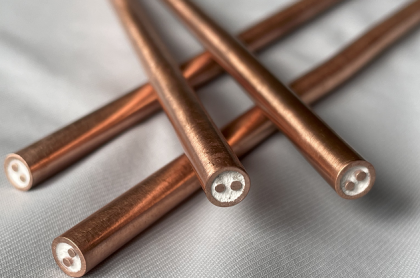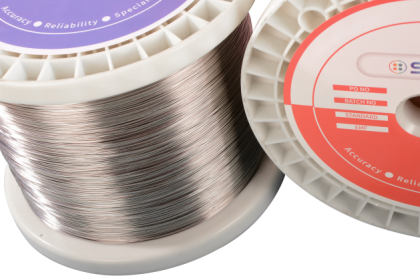Do you know How to use thermocouple wire correctly?
September 20, 2022
Thermocouple
wires must be correctly selected according to the type of the thermocouple as
well as the operating environment. For example, we should choose the
corresponding K-type thermocouple wire for K-type thermocouple and choose
appropriate operating temperature range based on the operating environment.
Normally, the operating temperature of K is between -20 and 100℃, the wide
range is -25 ~ 200℃.
The connection method
Making the two
thermocouple connection points as close as possible, and keeping the
temperature of the two connection points as close as possible. The temperature
should be consistent with the connection point of the instrument terminal. At
the spots where the fan is located in the instrument cabinet, the connection
point should not be blew by the fan.
Length for use
Since the
thermocouple signal is at very low microvolt level, if it’s long distance, the
signal attenuation and the interference of strong electricity in the
environment could be mixed together. This is enough to cause the thermocouple
signal distortion, resulting in inaccuracy of measurement and control of the
temperature, or even temperature fluctuations when it’s serious.
According to our
experience, it is usually better to limit the length of the thermocouple
compensating wire within 15 meters. When it’s over 15 meters, we recommend to
use temperature transmitter for signal transmission. The temperature
transmitter converts the electric potential value corresponding to the
temperature into DC current DC4-20mA for transmission, with strong
anti-interference ability.
Method of wiring
Thermocouple compensating
wires must be wired away from power lines and any interference sources. When crossing
is unavoidable, adopt the cross-laying method instead of the parallel laying
method.
Shielded compensating wires
In order to
improve the anti-interference performance of thermocouple connection wires, we
can use the shielded compensating wire which is more effective in the
environment with strong interference. Make sure the shielding layer is strictly
grounded, or the shielding layer will not shield the signal interference but
actually enhance it.













 IPv6 network supported
IPv6 network supported